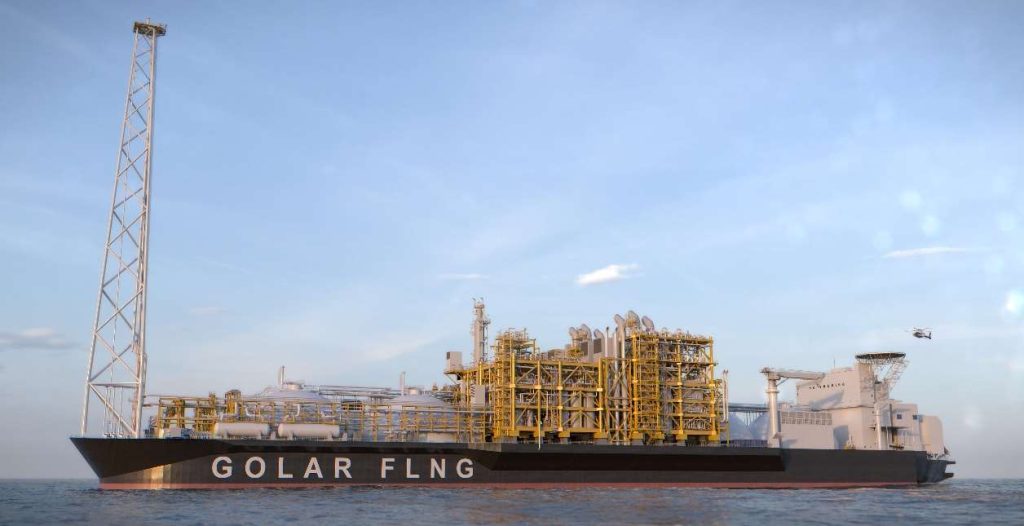Floating LNG player Golar LNG is in talks with Equatorial Guinea to develop the country’s large gas reserves.
According to a statement posted on the website of the government of Equatorial Guinea, Golar’s chairman Tor Olav Trøim and CEO Karl Staubo visited Equatorial Guinea’s capital Malabo on August 31.
Trøim and Staubo held a meeting with the country’s Vice President, as well as with the ministers for hydrocarbons, treasury, and the general director of Sonagas, the state-owned natural gas company.
The statement said that Golar is interested in investing in the country.
“The partnership proposal from one of the world’s largest LNG production and marketing companies has come to Malabo because of the good business climate in Equatorial Guinea,” it said.
Trøim was quoted in the statement as saying that Equatorial Guinea has “large gas reserves and we would like to work with the country to exploit the gas underground, put our cash in the national banks, and contribute to a better life for the people of the country, as well as doing good business for our company.”
The statement did not provide any additional details.
LNG Prime invited Golar to comment on the matter, but we did not receive a reply by the time this article was published.
Back in 2016, Ophir Energy and Golar’s JV with Schlumberger One LNG joined forces to develop the Fortuna project, in Block R, offshore Equatorial Guinea utilizing Golar’s FLNG technology.
After that, Schlumberger exited the JV with Golar in 2018 and Ophir was acquired by Medco in 2019.
Reports said last year that Golar had teamed up with US LNG player New Fortress Energy to revive and develop the Fortuna FLNG project.
Two FLNG’s and planned Fuji conversion
Golar owns the 2.4 mtpa Hilli FLNG located in Cameroon and the 2.5 mtpa Gimi FLNG currently under conversion at Singapore’s Seatrium yard.
Gimi is expected to leave the yard this month and will serve BP’s Tortue FLNG project offshore Mauritania and Senegal under a 20-year charter deal.
Moreover, Golar recently signed a heads of terms with Nigeria’s NNPC for joint development of gas fields using floating LNG producers, expanding on their deal signed in April this year.
The relevant fields could fully utilize FLNG Hilli following the end of its current contract in mid-2026, or utilize a MKII FLNG with an annual capacity of 3.5 mtpa, Golar said.
Earlier this year, Golar exercised its option to acquire the 148,000-cbm Moss-type carrier, Fuji LNG, which it aims to convert to a floating LNG producer.
The firm said that the cost of a converted Fuji FLNG is expected to be around $2 billion, equivalent to about $570 per ton.
FLNG push
Golar’s CEO Staubo said during the company’s second-quarter results report that, in addition to Nigeria, “we see similar developments of more than 5 potential FLNG deployment opportunities in other West African countries.”
“We are currently having commercial negotiations with gas resource owners and government interaction in potential countries of operation,” he said.
Staubo noted that Golar’s priority remains to first recharter Hilli before a final investment decision on the Mark II FLNG.
The company is looking to complete both of these developments by the end of this year.
“I think with all of the projects we have in the pipeline, we see ourselves increasingly confident both on the rechartering of Hilli and an attractive charter for Mark II. It’s just a matter of having a balanced risk reward before we add on close to $2 billion worth of CapEx,” he said.

